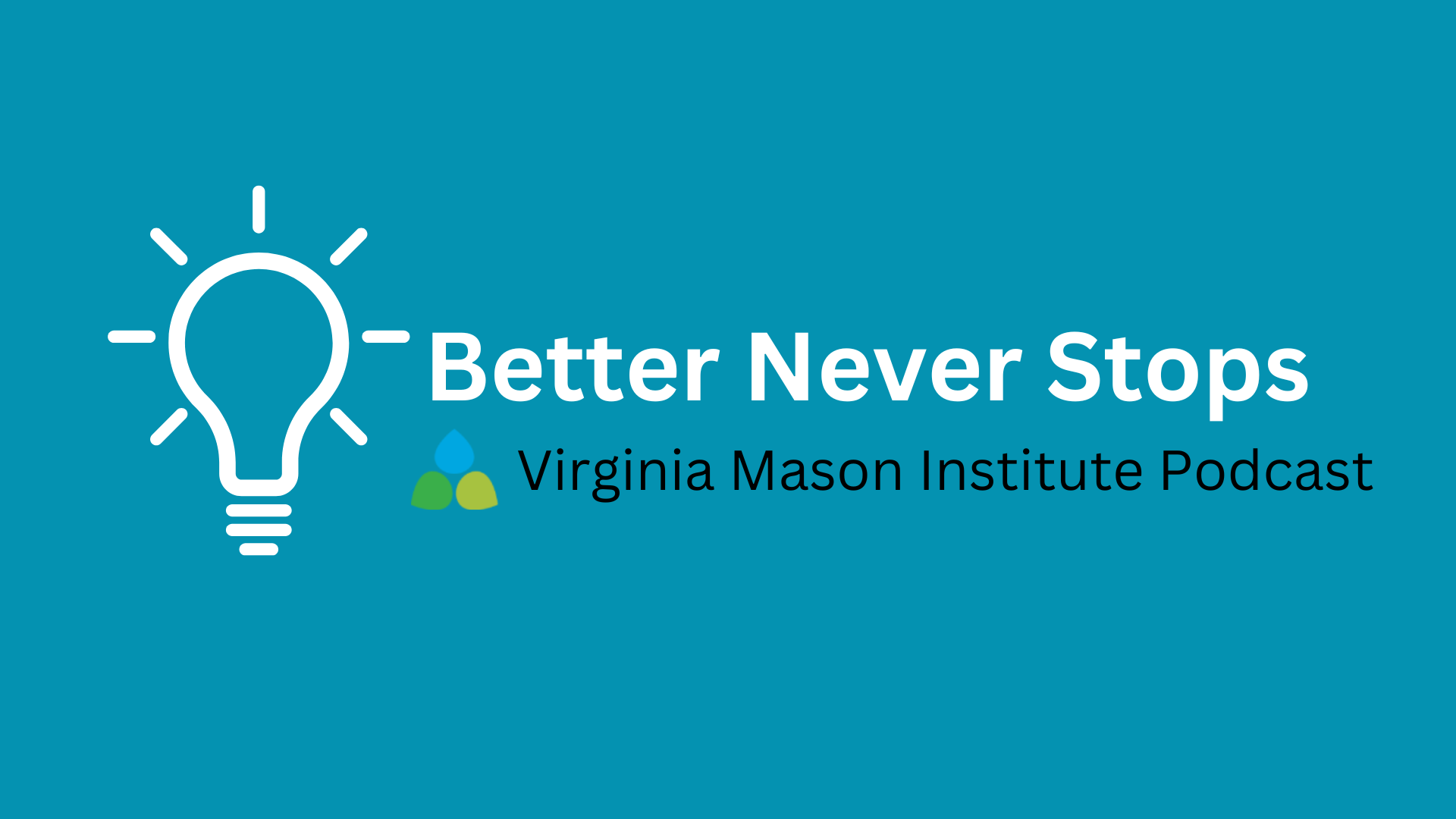Case Study | Digitizing Workflows for the Better at SASH
Organization
Surrey and Sussex Healthcare NHS Trust (SASH)
Key Decision
Staff and patients are given opportunities to test and influence the design of a new electronic record system and related workflows.
Key Result
Efficiencies unlocked within and surrounding the new software.
“Because of our inclusive process, all the doctors and nurses and others who would normally be resistant to big changes like this are going to be advocates for them.”
Tony Newman-Sanders, CCIO, SASH
The Need
Surrey and Sussex Healthcare NHS Trust (SASH) still uses paper for patient records. Leaders knew the organization needed to digitize, but they wanted to ensure their new electronic patient record (EPR) system would truly add value to patients and staff and avoid raising new obstacles.
So rather than install a ready-made version of the EPR from their vendor, SASH embarked on a year-long process of customizing it to their specific needs and opportunities. Leaders knew it would be challenging, but they could draw on the skills, techniques and culture they’d established over the course of a multi-year partnership with Virginia Mason Institute. They also knew the challenge was worth it.
“Our whole program is structured around patient journeys — inpatient, outpatient, ED, theaters, critical care — not around the software,” says Ben Emly, CIO, SASH.
The Approach
Leaders dedicated a team to the program, which they dubbed eSASH. Work began with a six-week process — extended from the single week usually allotted by the vendor — to assess the current state and consider the ideal future. This included multiple workshops to get input from an array of doctors, nurses, therapists and other staff members. Next, the eSASH team created process flow charts that mapped staff and patient journeys.
“Out of that came thousands of ideas for improvement to the EPR and related workflows,” says Emly.
From there, the team worked with the vendor to build out the software piece by piece. For example, when they found it took clinicians a few minutes to do a particular task in the EPR that used to take mere seconds on paper, the team insisted the vendor improve the EPR. Says Danni Roullier, eSASH change and adoption lead, “Through our work with Virginia Mason Institute, we spent the last few years telling our staff we’re there to represent them and empower them. That gave us the courage — and the accountability — to hold the line and improve the EPR as much as we can.”
The Outcome
The EPR implementation successfully launched September 2022, marking one of the biggest changes for SASH in a decade. The enhanced system includes workflows refined through staff and patient input, as exampled below.
Customizing drug carts: The eSASH team worked with floor staff to test and update several aspects of the rolling carts they take from room to room, such as installing more user-friendly keyboards and optimizing the size and location for sharps disposal containers. Using a mock-up approach, the team is improving the carts in an iterative and ongoing way, rather than redesigning them in a single push, to maximize opportunities for testing and learning.
Redesigning nurse stations: With the EPR creating new work tasks, teams had the opportunity to create new work stations. Floor staff started by building cardboard models, then the eSASH team built a life-size version out of wood on the lawn outside. Hundreds of staff and patients observed and weighed in, with the team shaving off edges and nailing together new solutions based on what they saw
and heard.
“That’s in our culture now, to be brave,” says Emly, the CIO. “Whether it’s eSASH or anything else, we’ll invest the time. We’ll try new things.”
Originally published February 23, 2022, updated January 23, 2023
Read more about optimizing technology in our new white paper
The COVID-19 pandemic has emphasized numerous challenges in healthcare, from reducing staff burnout to increasing patient access and health equity. Sustainable solutions to these challenges require operational changes to how people work combined with cultural changes to how organizations embody their values.



